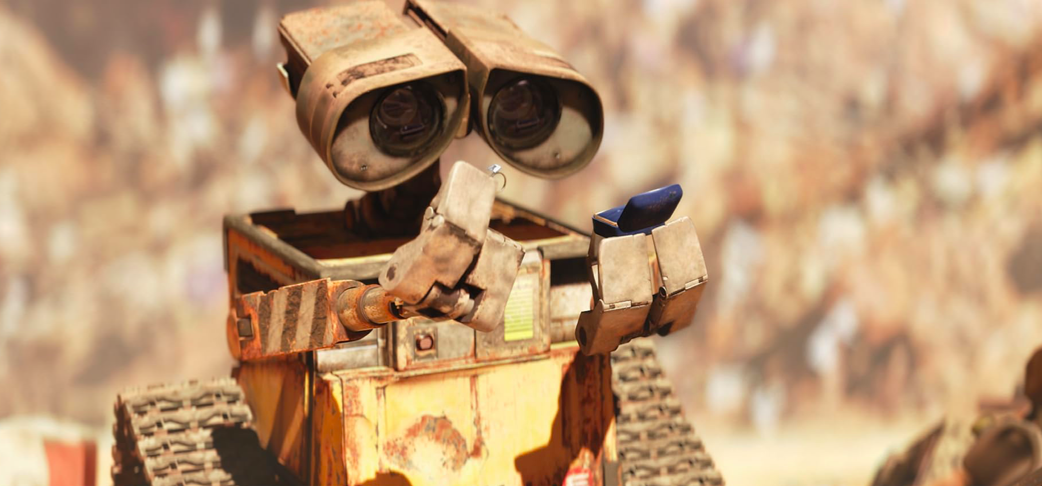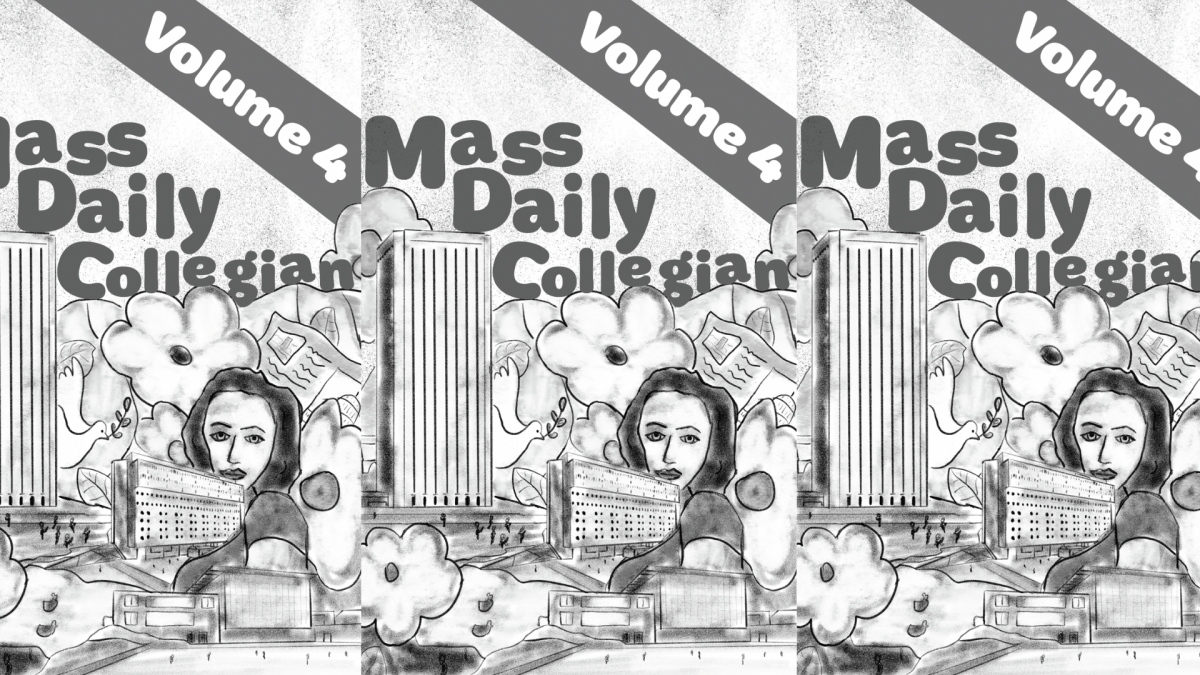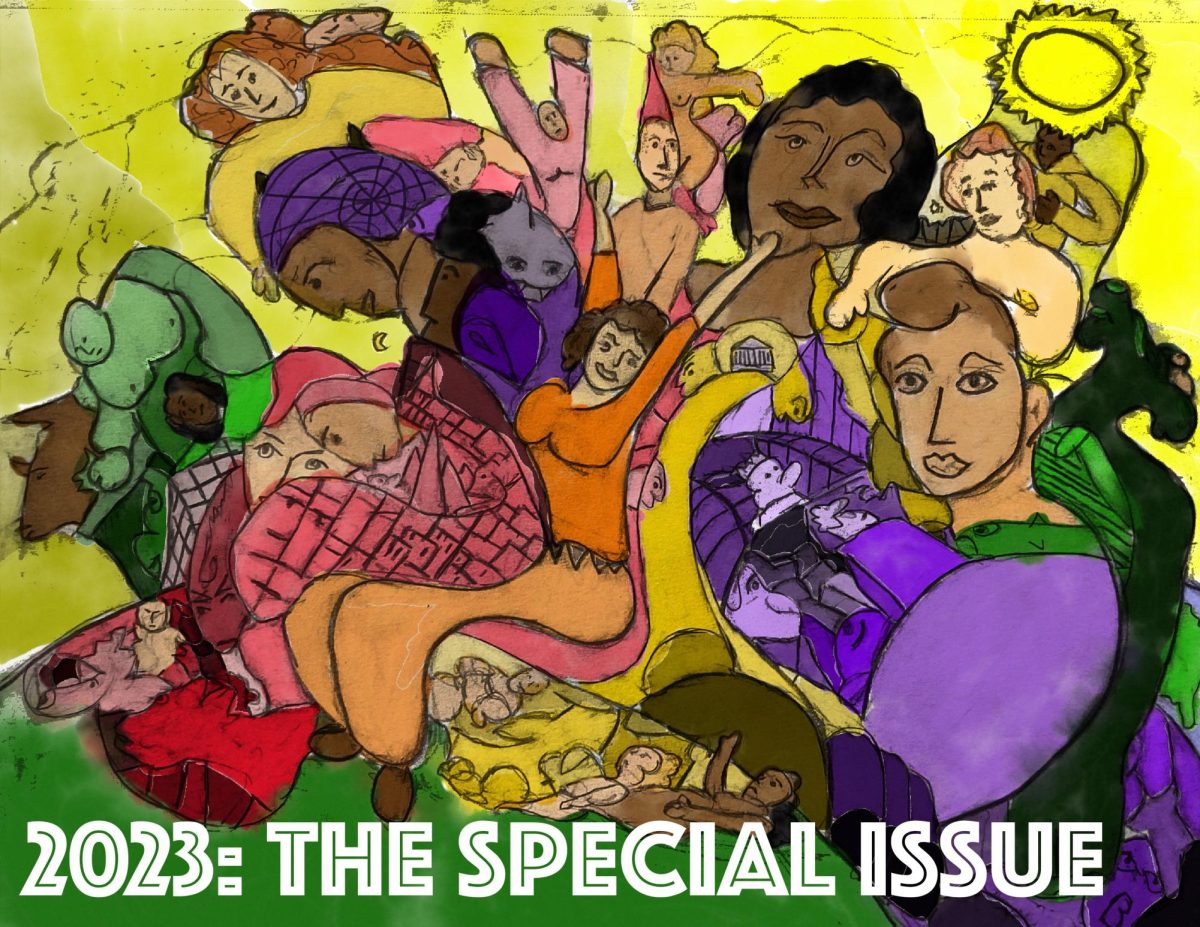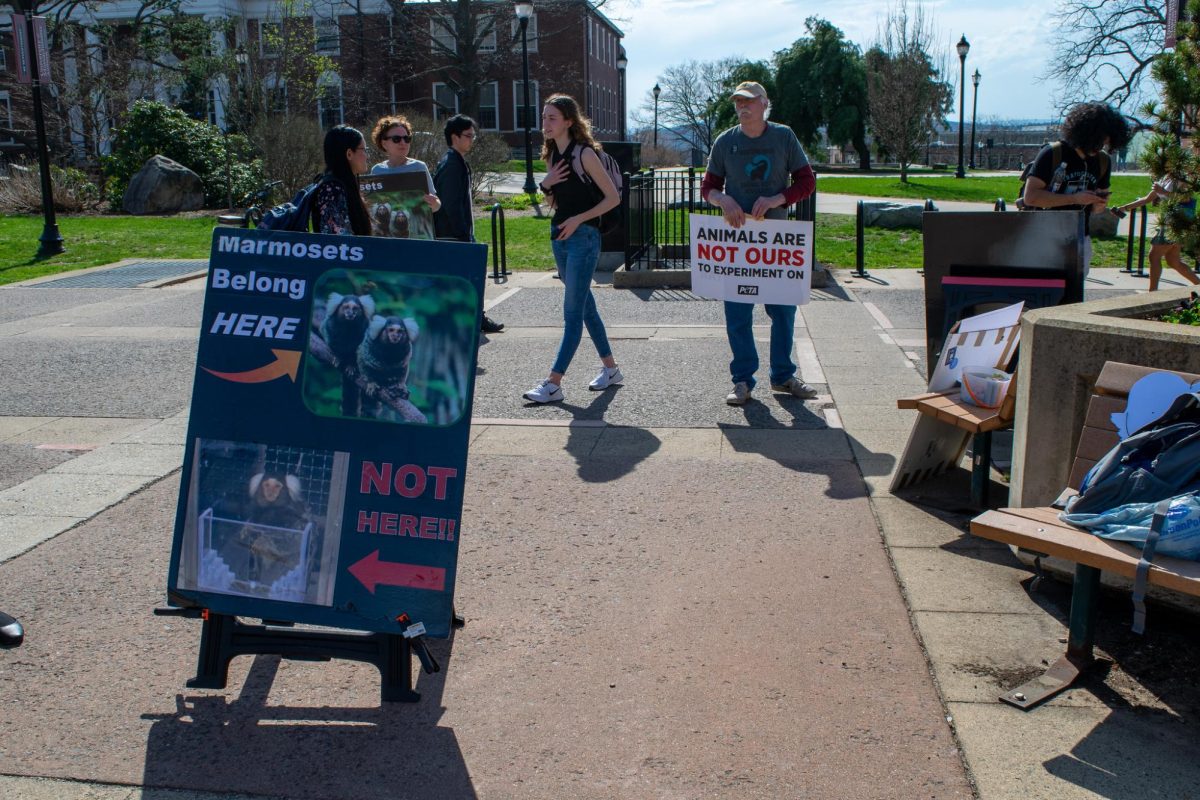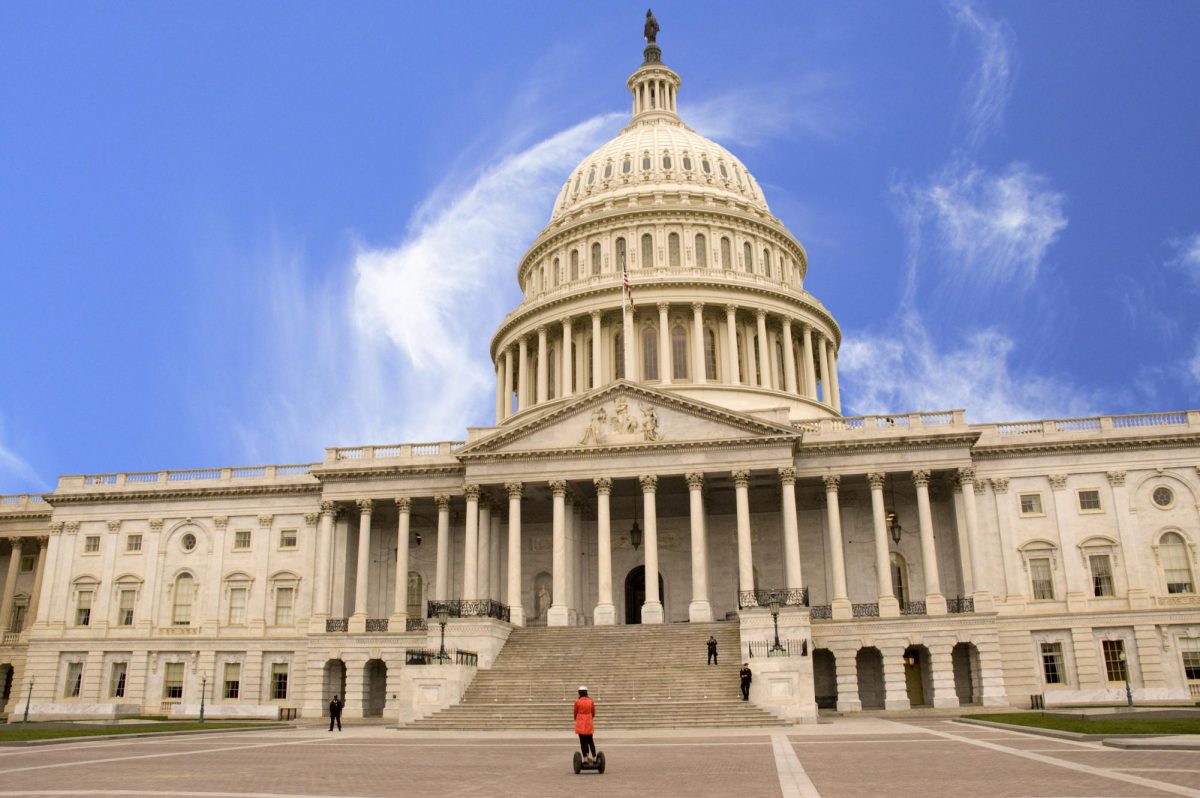Ever since it was released, people have argued that “WALL-E” was the match to the flame of Pixar’s never-ending production of successful children’s movies. The robot’s far too possible dystopian adventure had children giggling as WALL-E clumsily saved humans, and parents crying as WALL-E not only found their sense-of-self, but their love of life. WALL-E can teach people, however, far more than expected about self-discovery in relation to beating the “bad guy.” WALL-E’s story represents the history of sexuality and, hopefully, its future.
WALL-E had one job: making towers of trash, all while surviving endless days of sandstorms and boredom. Once discovered by EVE and removed from an unhabitable Earth, our protagonist develops a personality; WALL-E forms their own identity as they learn to love, all because life is a given and not a need.
I see myself in WALL-E, just as I see a correlation between our hero’s quest and the history of sexuality.
Hundreds of years ago, humans weren’t guaranteed the right to live a fruitful life. Every day was a struggle to survive and reproduce. As society advanced and a comfortable living was more easily maintained, people could start discovering who they were and what they wanted. Suddenly, humans began developing a sense of identity, just as this tiny robot did.
Sexuality became a primary focus of many as they were suddenly given the freedom to consider issues other than survival and sustenance. People had time in their day to have fun and explore their interests. Sex was no longer a concept meant solely for reproductive purposes, but could now be enjoyed and explored to a great extent.
There are still powerful bodies that reject human efforts to find pleasure. Just as AUTO demanded that WALL-E and all other robots do nothing but their given job, many governments today and in the past require sexuality be only one thing. As these powerful groups expanded, they colonized and destroyed entire cultures in an effort to make their subjects more like themselves. Even today, countries maintain heteronormative standards because they fear what is different. Alas, WALL-E prevails, just as all people’s authentic selves must.
Despite the efforts of many individual groups, the fight for equality has been slow and taxing. Even through immense effort, many identities aren’t accepted socially, and many aren’t even allowed legally. This seemingly endless divide between humanity has been destructive; but has a divide among progressives been our reckoning? Is it in fact a separation between those whose identity falls outside of the heteronormative?
In the 1990s, many scholars defined feminist studies as a social movement focused on “sex,” meaning gender, whereas lesbian and gay studies focus on “sex” as in sexuality. Others have demanded that both must join forces, as they are two movements fighting for the same purpose of equality. This has not yet been achieved, and we must push forward.
If one looks at the humans in WALL-E as a representation of feminist studies and the robots as a representation of LGBTQ+ studies, it is clear to see they accomplish our very same goal: they unite. The two groups work together in order to fight back against the oppressive government, run by AUTO in the movie. Once humans and robots discover their own personal interests and escape from the societal roles that AUTO has forced them into, the two groups suddenly have a common goal.
Just as in WALL-E, feminist and LGBTQ+ scholars must realize their similarities to more effectively fight against oppressive powers that wish to maintain the heteronormative. Life is more than heterosexuality. It is more than man versus woman. It is certainly more than what any government tells us it is. Life is ours to control and we must redefine social norms to encompass everyone’s identity, just as WALL-E teaches us to do.
John Emerson can be reached at [email protected].

